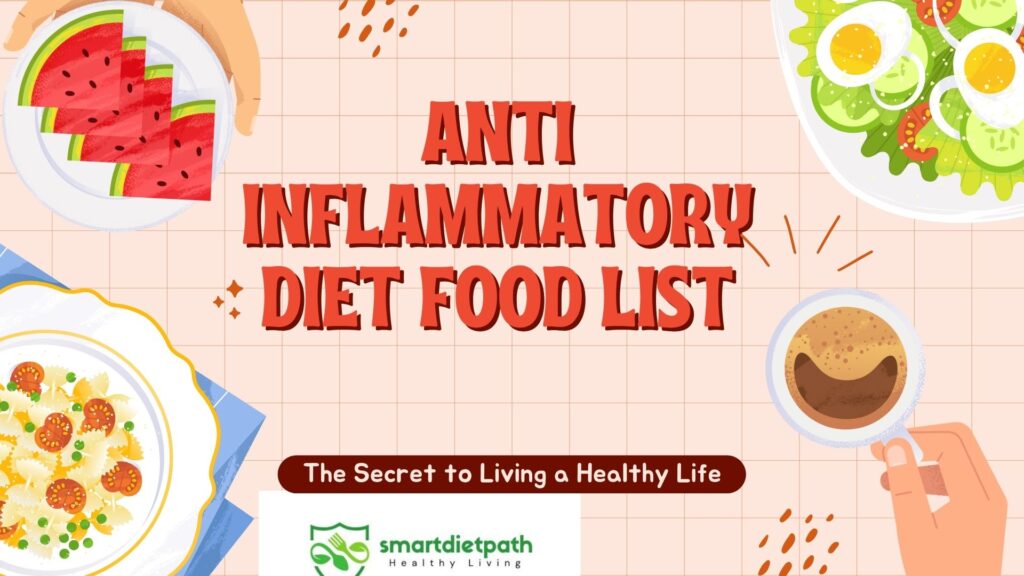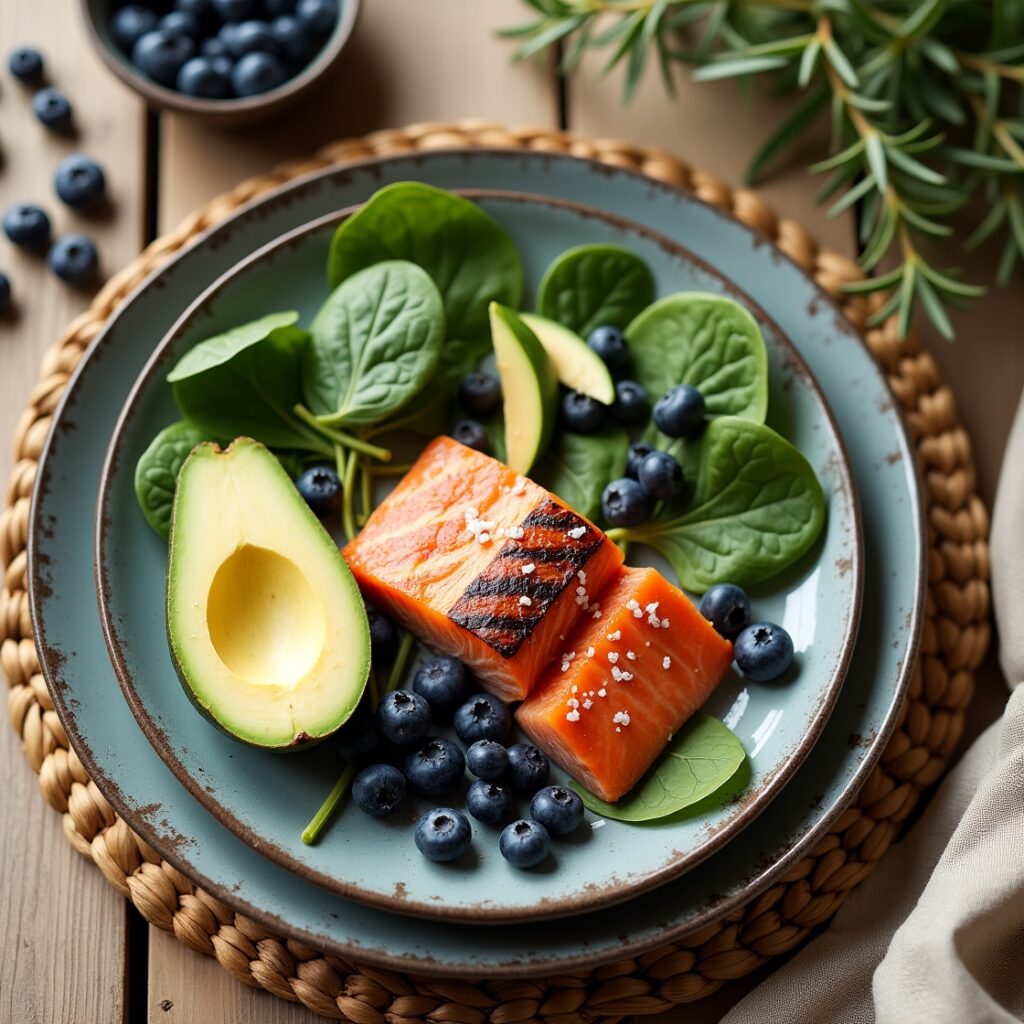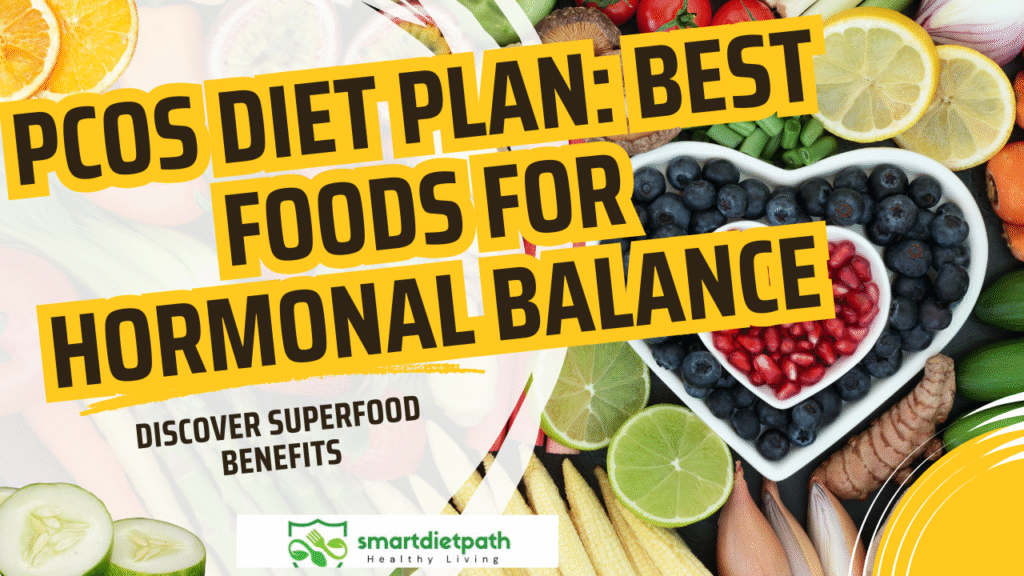
Inflammation is your body’s natural response to injury or infection—but when it becomes chronic, it can silently damage tissues and organs. Research has linked chronic inflammation to serious health issues like heart disease, diabetes, arthritis, and even cancer. The good news? What you eat can play a powerful role in controlling and reducing inflammation.
In this comprehensive guide, we’ll explore the top 15 anti inflammatory diet food list that are scientifically proven to help reduce inflammation and promote healing—naturally.
What is an Anti-Inflammatory Diet?
An anti-inflammatory diet focuses on whole, nutrient-dense foods that fight inflammation and oxidative stress in the body. It avoids or minimizes processed foods, refined sugars, and trans fats—common triggers of inflammation.
Core Principles:
- Prioritize fruits, vegetables, and whole grains
- Include healthy fats, like omega-3s
- Focus on natural, unprocessed foods
- Reduce red meats and processed carbs
The Top 15 Anti Inflammatory Diet Foods
Below is a detailed anti inflammatory diet food list, including benefits, usage tips, and nutritional highlights.
1. Turmeric
- Why it works: Contains curcumin, a compound with powerful anti-inflammatory effects
- How to use: Add to soups, smoothies, or take as a supplement with black pepper for better absorption
2. Blueberries
- Rich in: Anthocyanins, a type of antioxidant
- Benefits: Reduces oxidative stress and inflammation; supports brain health
3. Leafy Greens (Spinach, Kale, Swiss Chard)
- Nutrients: High in vitamins A, C, and K, plus antioxidants
- Bonus: Helps alkalize the body and protect cellular health
4. Fatty Fish (Salmon, Sardines, Mackerel)
- Omega-3s: EPA and DHA reduce inflammatory markers
- Tip: Aim for 2–3 servings per week
5. Ginger
- Effect: Naturally reduces pain and inflammation
- Tip: Steep in hot water or add to juices and stir-fries
6. Broccoli
- Contains: Sulforaphane—a potent anti-inflammatory compound
- Best cooked: Lightly steamed to preserve nutrients
7. Extra Virgin Olive Oil
- Healthy fat: Packed with monounsaturated fats and antioxidants
- Use: Salad dressing, cooking oil, or drizzle over dishes
8. Green Tea
- Polyphenols: Especially EGCG, which combats inflammation and cell damage
- Drink: 1–3 cups per day
9. Tomatoes
- Nutrient punch: Lycopene, an antioxidant known to fight inflammation
- Tip: Cooked tomatoes increase lycopene availability
10. Avocados
- Good fats: Rich in potassium, fiber, and healthy monounsaturated fats
- Extra: Helps reduce markers of joint inflammation
11. Walnuts
- Alpha-linolenic acid (ALA): Plant-based omega-3s
- Snack: Eat a small handful daily
12. Garlic
- Contains: Allicin, a sulfur compound with immune-boosting properties
- Tip: Crush before cooking to activate healing compounds
13. Beets
- Powerful pigments: Betalains reduce inflammation and oxidative stress
- Serve: Roasted, juiced, or in salads
14. Chia Seeds
- Nutrients: Omega-3, fiber, protein, antioxidants
- Eat: Soaked in water, smoothies, or oatmeal
15. Dark Chocolate (70% or higher)
- Flavanols: Help reduce inflammation and improve circulation
- Tip: Enjoy in moderation (1–2 squares per day)
Anti Inflammatory Diet Chart (Comparison Table)
| Food | Key Compound | Main Benefit | How to Use |
|---|---|---|---|
| Turmeric | Curcumin | Reduces chronic inflammation | Spice, tea, supplement |
| Blueberries | Anthocyanins | Brain and immune support | Smoothies, snacks |
| Salmon | Omega-3 (EPA/DHA) | Heart & joint health | Grilled, baked |
| Leafy Greens | Antioxidants | Cellular protection | Salads, smoothies |
| Olive Oil | Oleocanthal | Pain reduction | Cooking oil |
Additional Tips for a Successful Anti Inflammatory Diet
- Stay Hydrated: Water flushes toxins and supports metabolism
- Limit Sugar: High sugar intake fuels inflammation
- Move Daily: Exercise boosts anti-inflammatory responses
- Sleep Well: 7–9 hours help regulate hormones and inflammation
FAQ: Anti Inflammatory Diet Food List
1. What are the worst foods for inflammation?
Processed meats, refined sugar, trans fats, and soda are major culprits. They spike inflammatory markers and promote disease.
2. Can anti-inflammatory foods help with arthritis?
Yes, foods rich in omega-3s and antioxidants may help reduce joint pain and stiffness.
3. How quickly can I see results from an anti-inflammatory diet?
Some people feel improvements in energy, digestion, and pain in 1–2 weeks, while chronic conditions may take longer.
4. Are supplements necessary?
Not always. Whole foods are best, but turmeric or omega-3 supplements may help if diet alone isn’t enough.
5. Is it okay to eat meat on an anti-inflammatory diet?
Yes—focus on lean, unprocessed meats like chicken or turkey. Limit red and processed meats.
Recommended Reads
- 7 Day Diet Plan for Weight Loss
- Healthy Indian Diet Plan for Weight Loss
- Healthy Meal Plan for Women with Type 2 Diabetes
Trusted Sources (External Links)
Learn more about anti-inflammatory diets from Harvard School of Public Health.
The Mayo Clinic supports eating more omega-3 rich foods.
Conclusion: Heal from Within with the Right Foods

Your journey to a healthier, inflammation-free life starts on your plate. The power of the anti inflammatory diet food list lies in its simplicity and natural healing. By consistently choosing foods that nourish your body, you’re not just managing symptoms—you’re transforming your health at its core.
Start small, stay consistent, and let food be your medicine.


